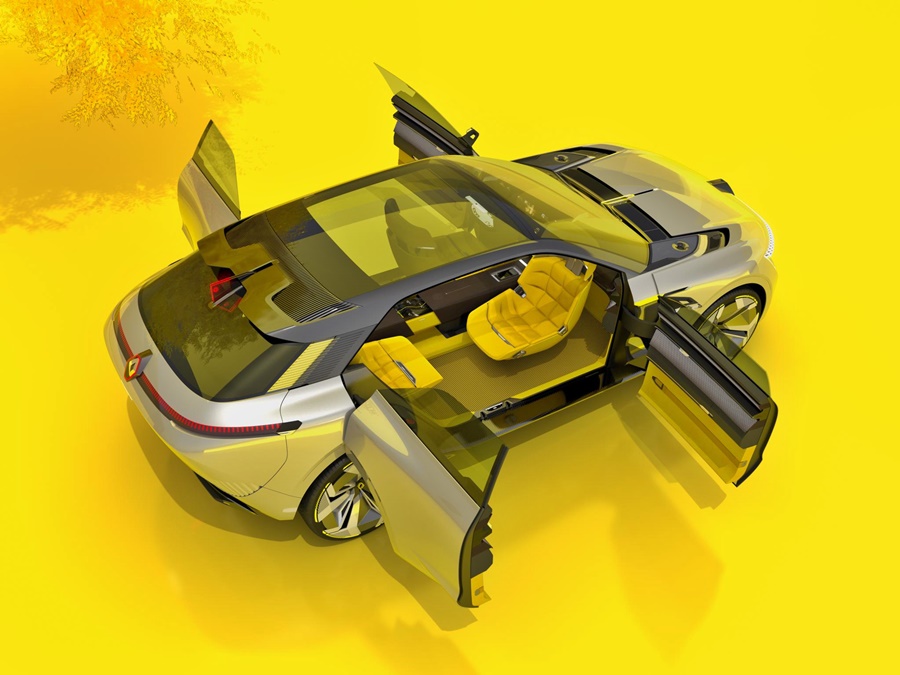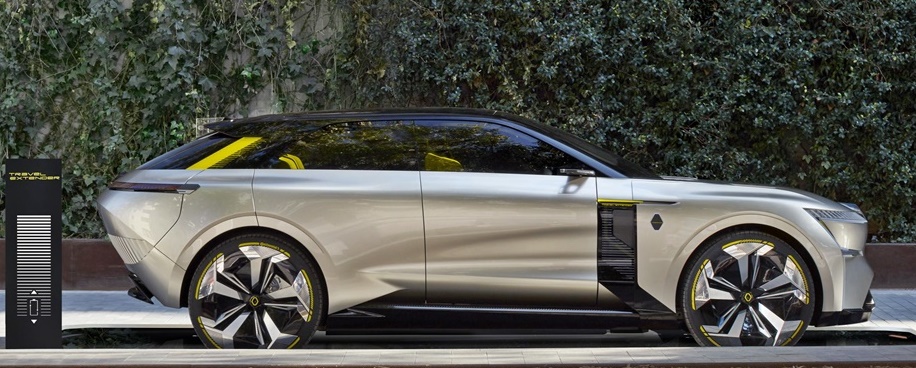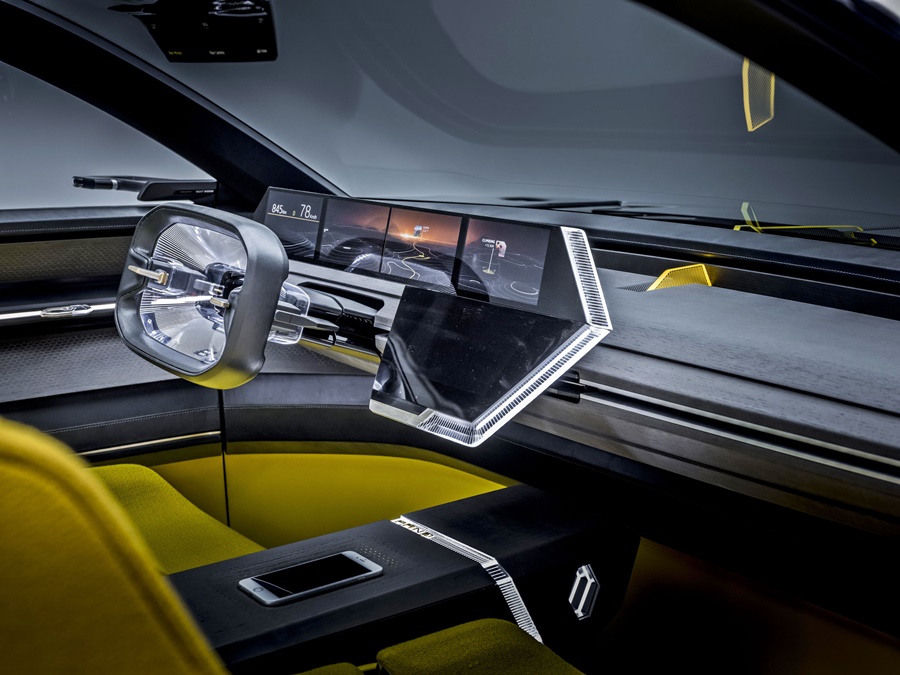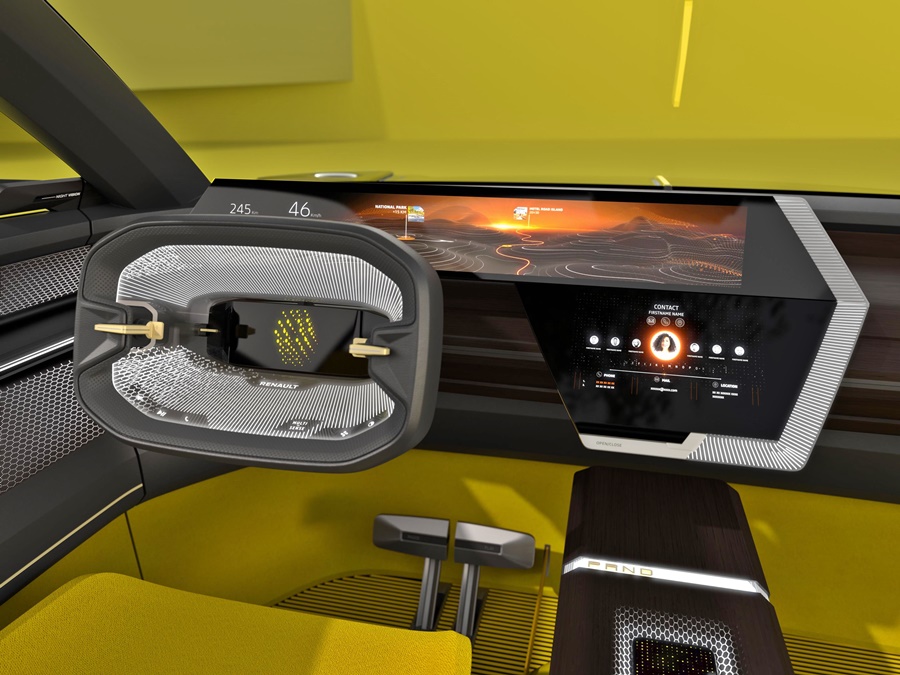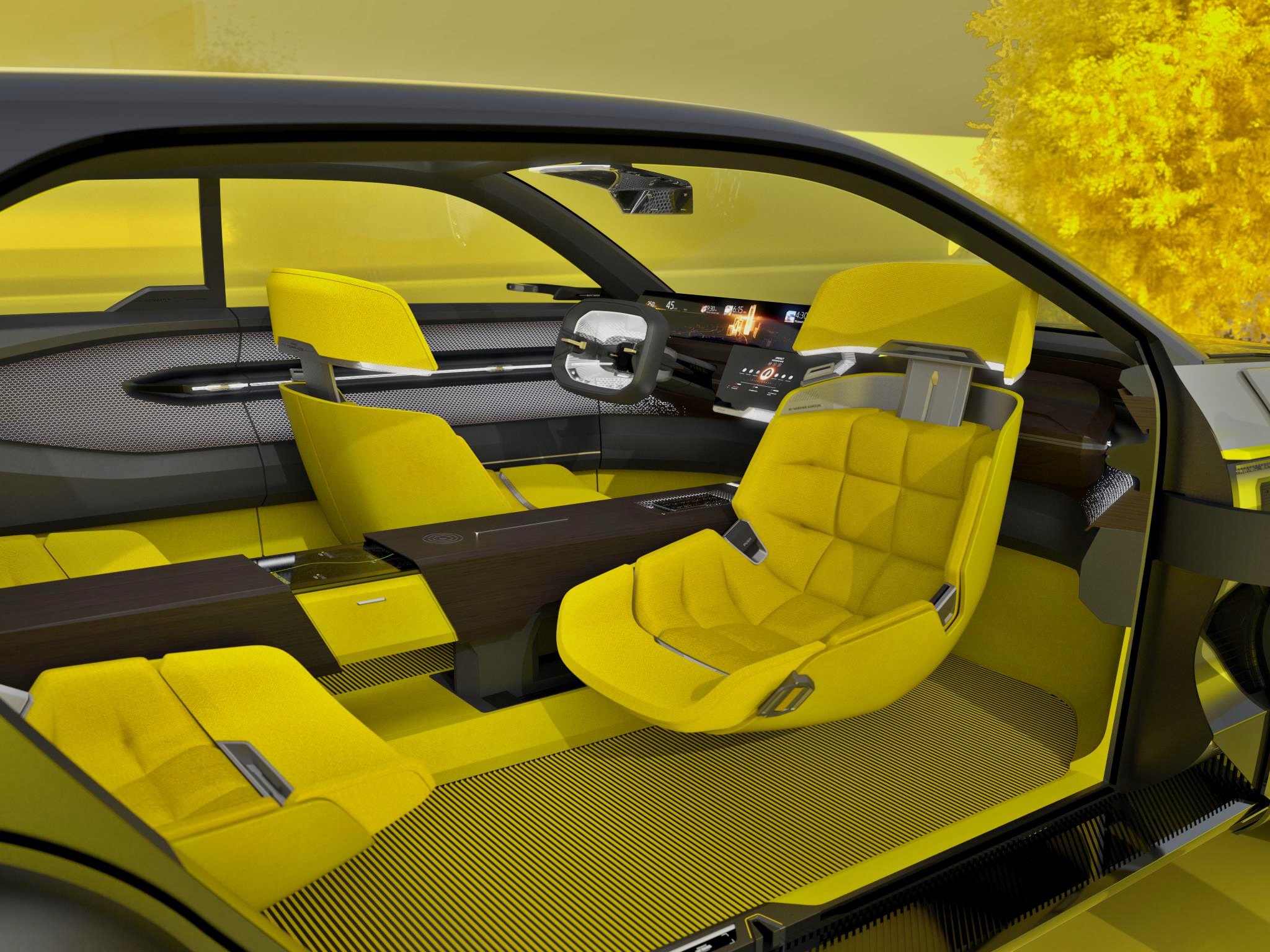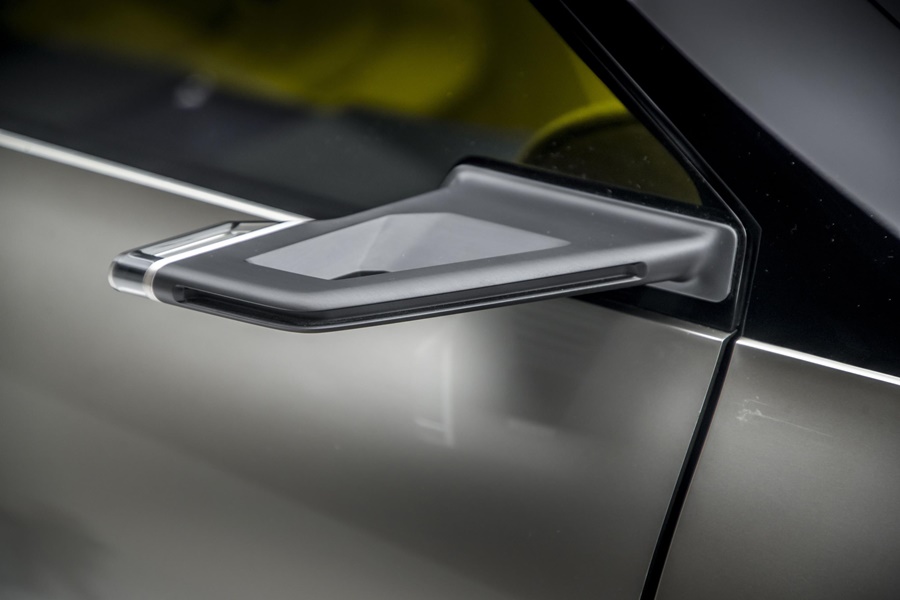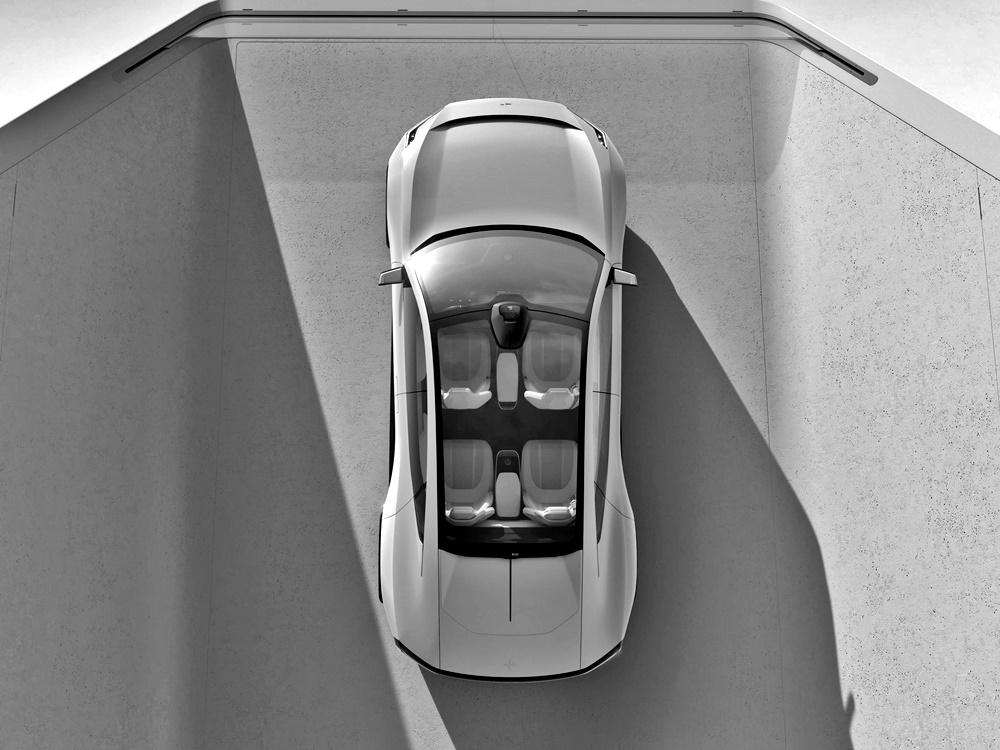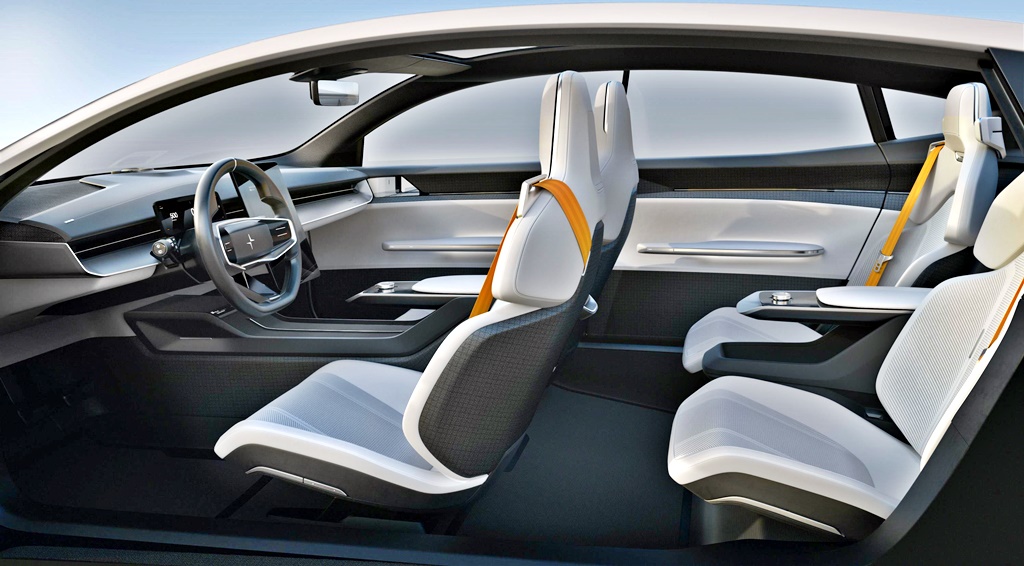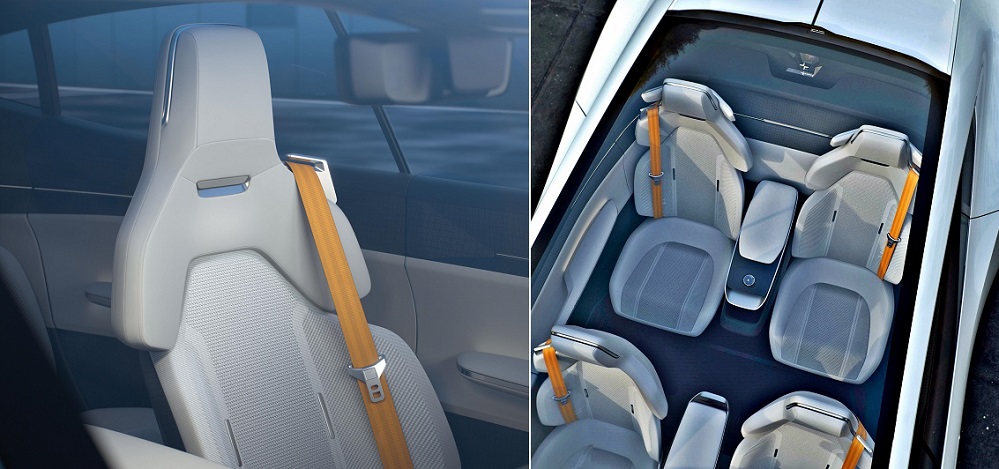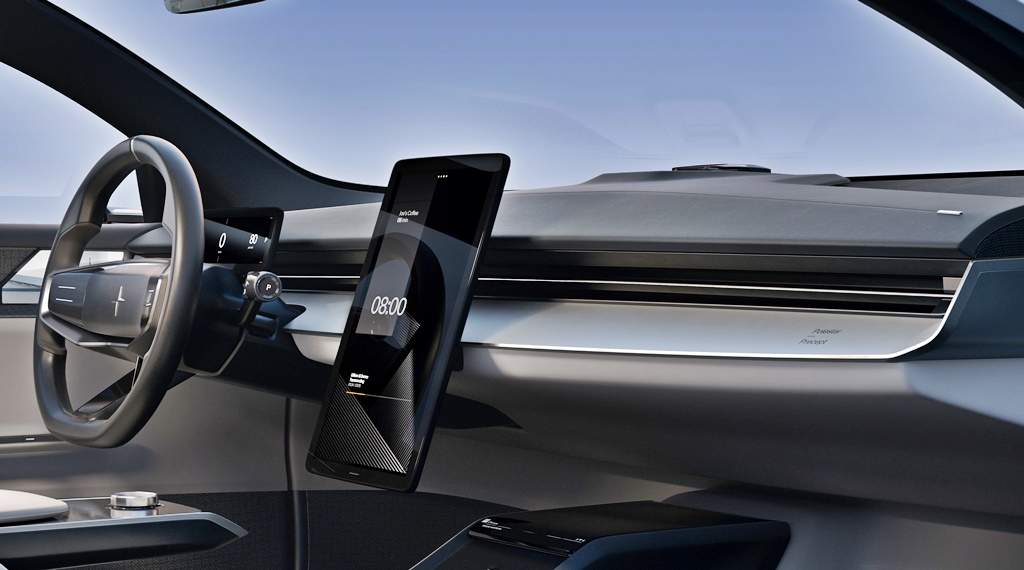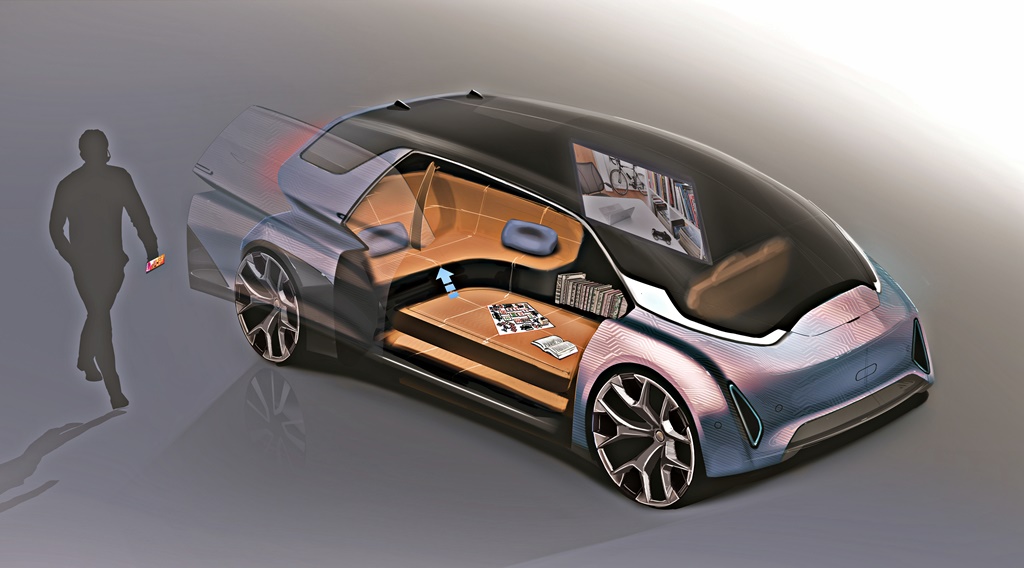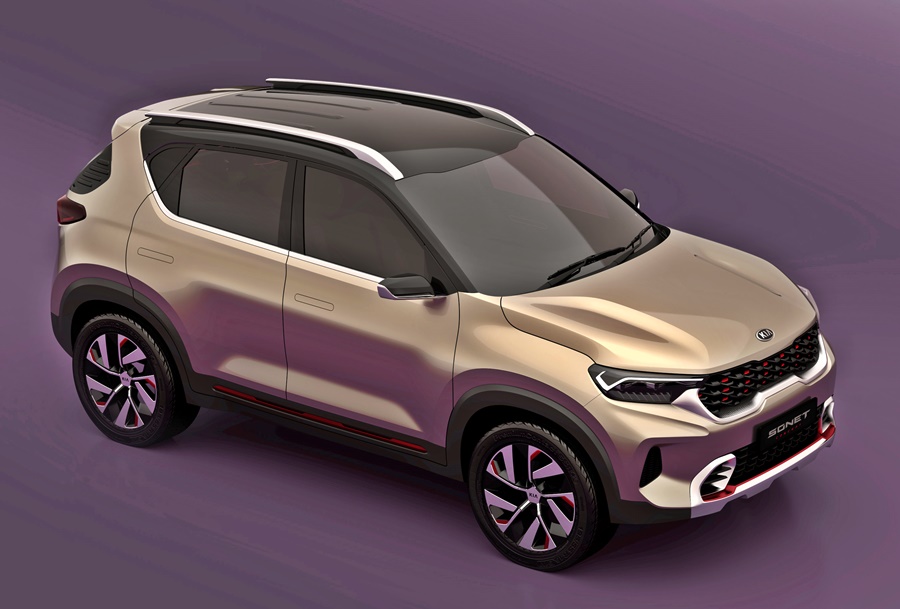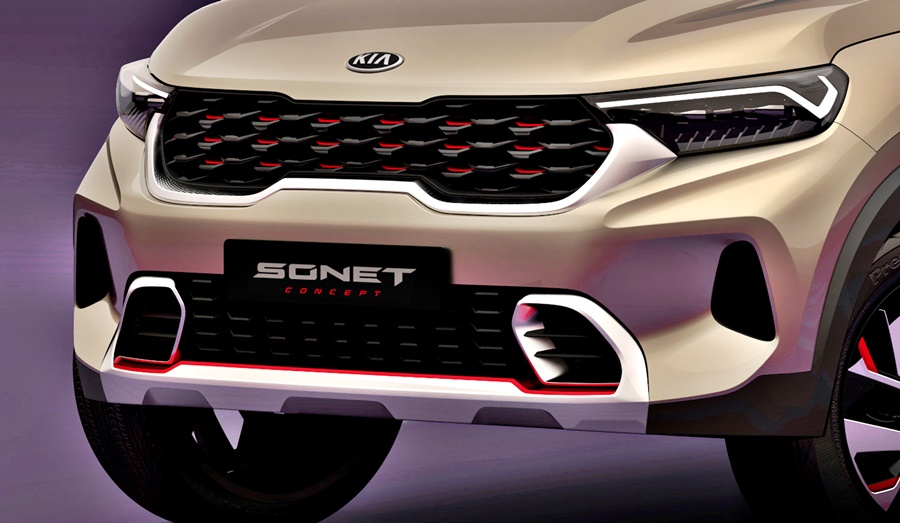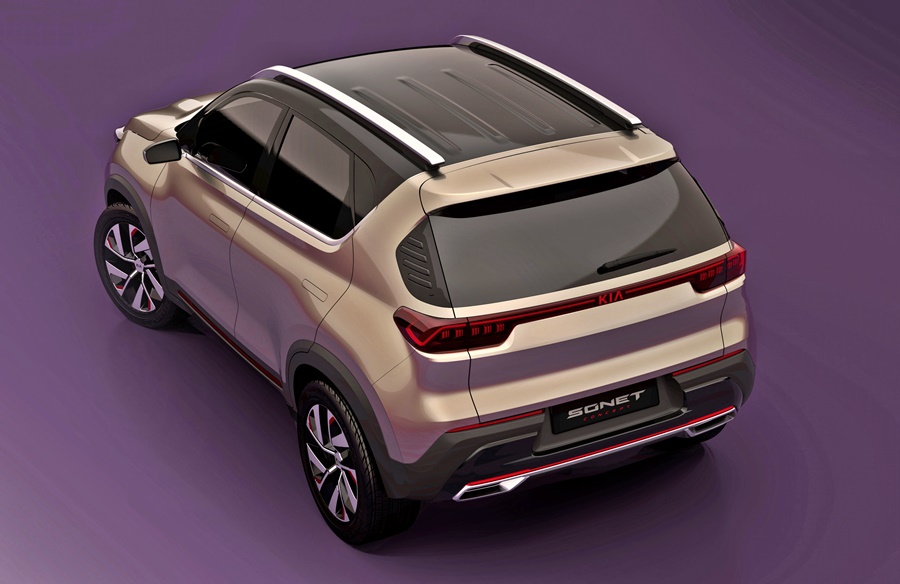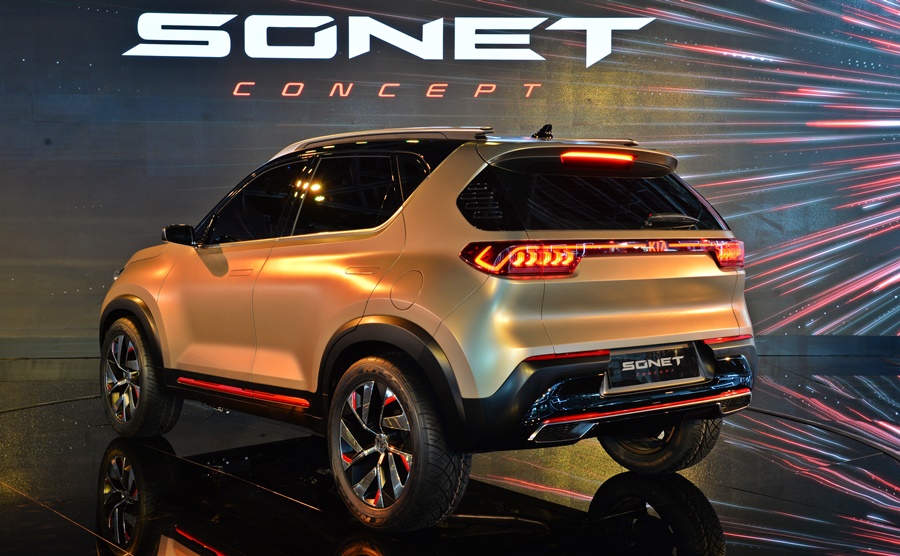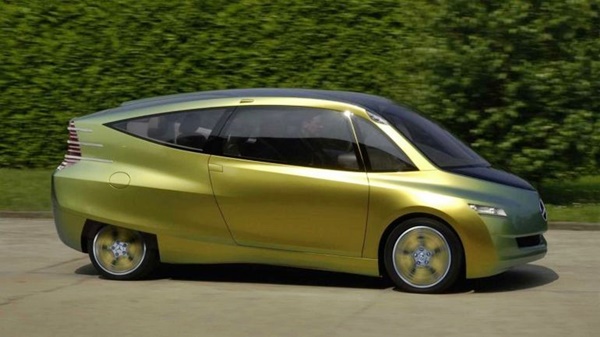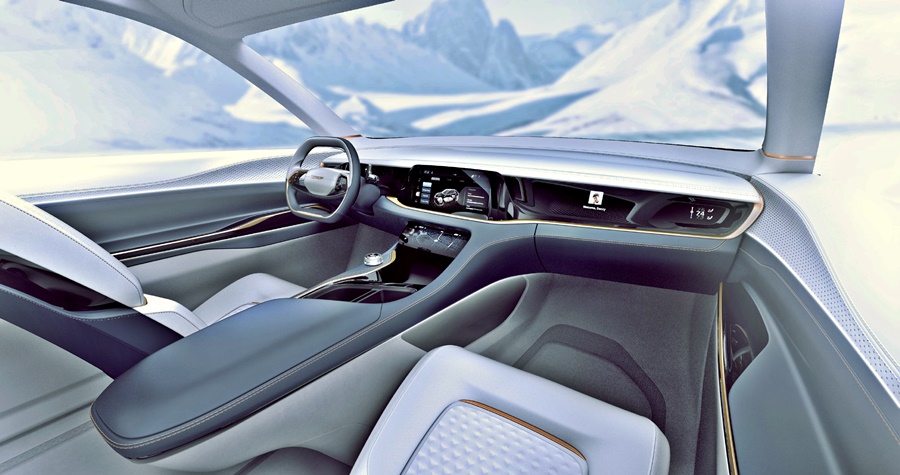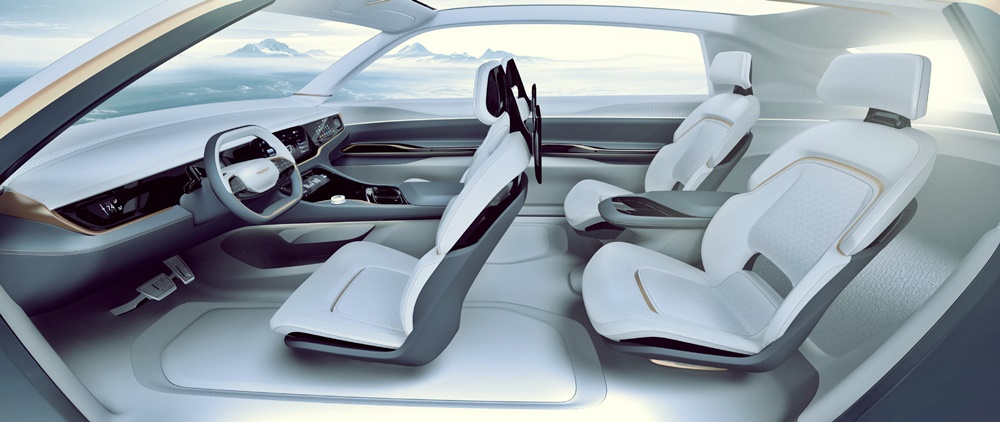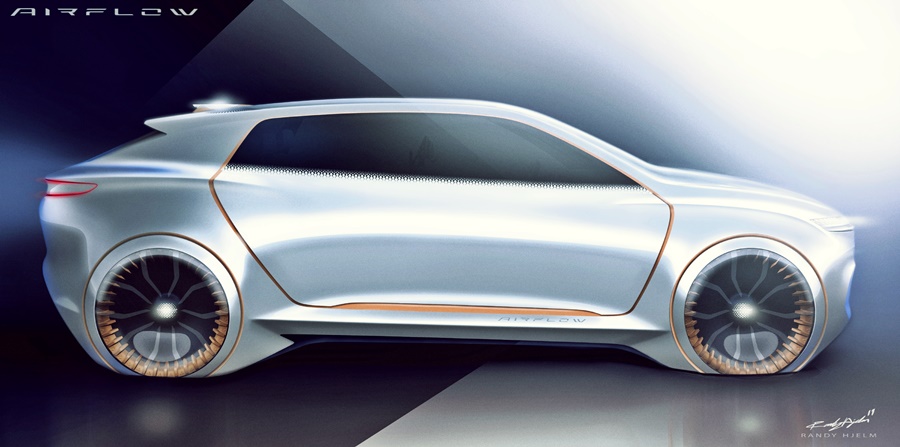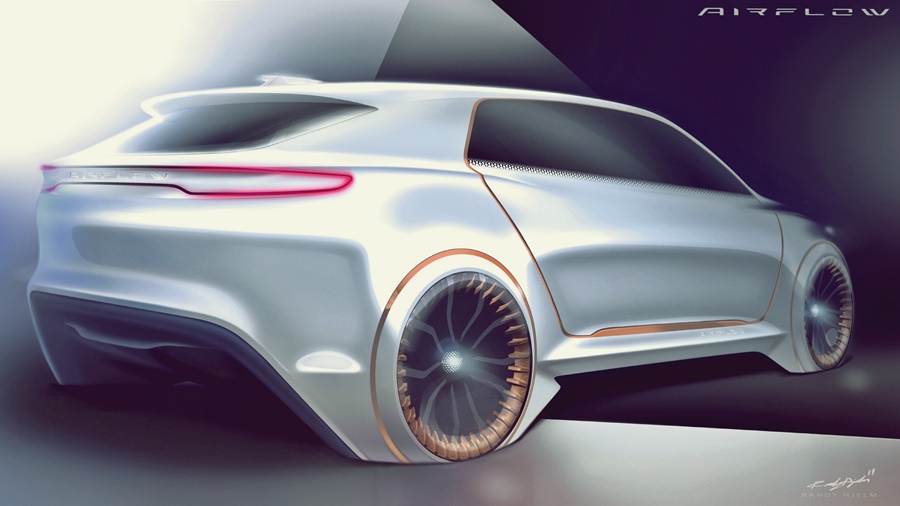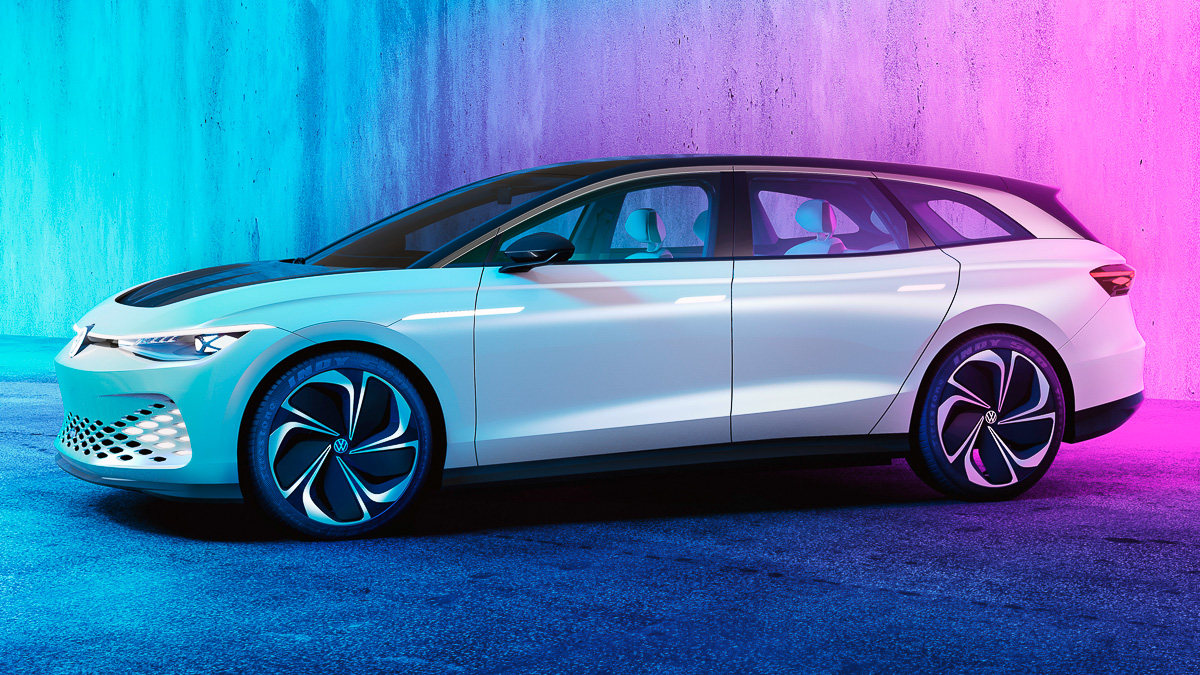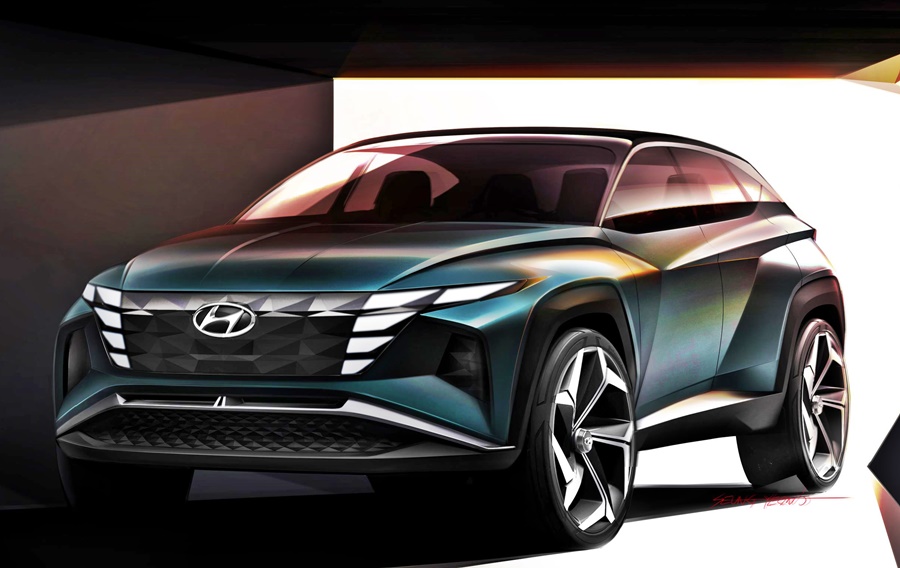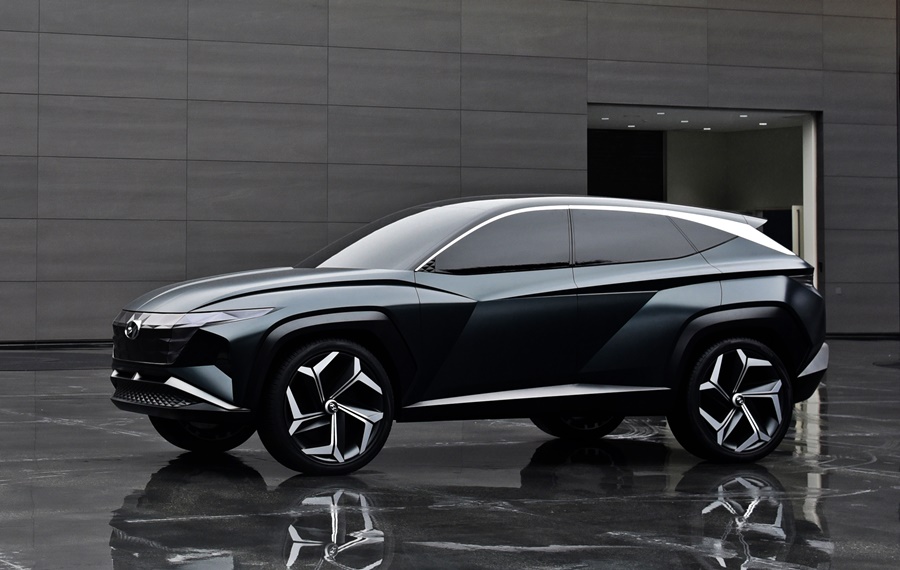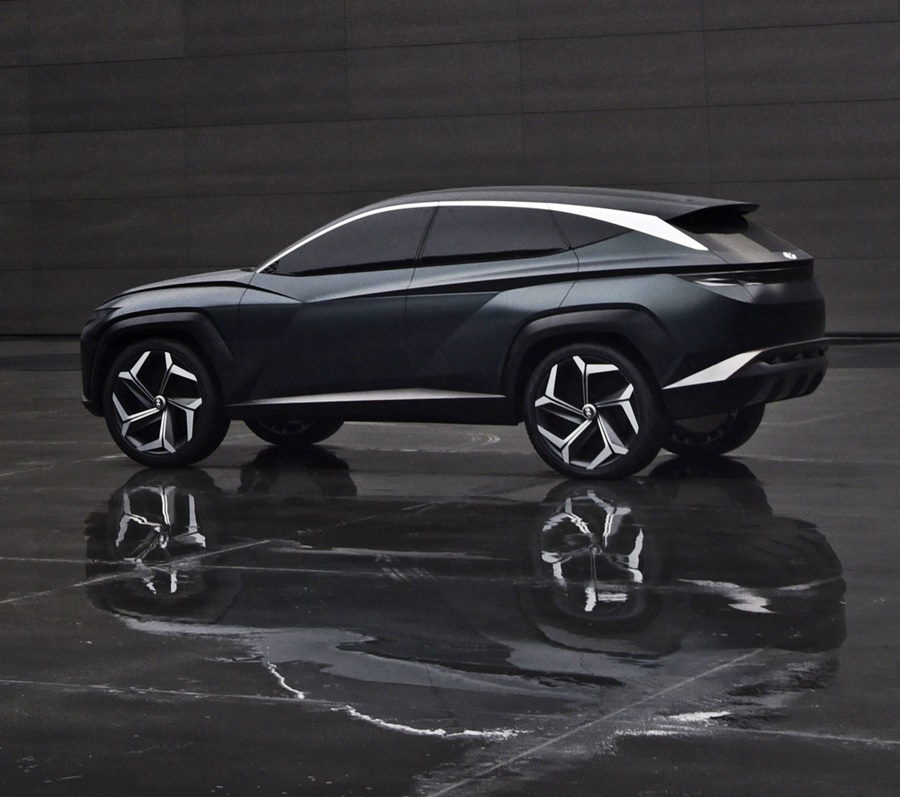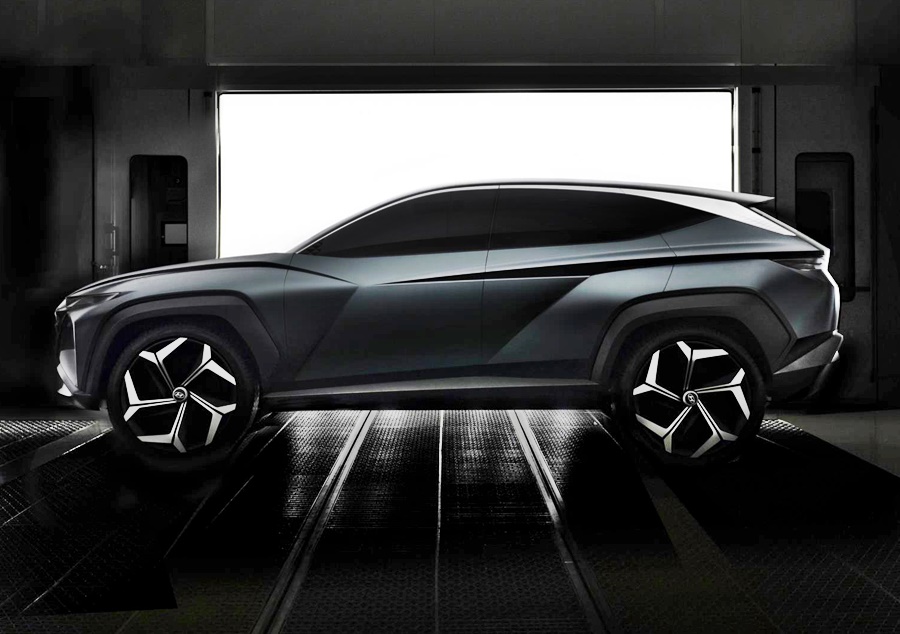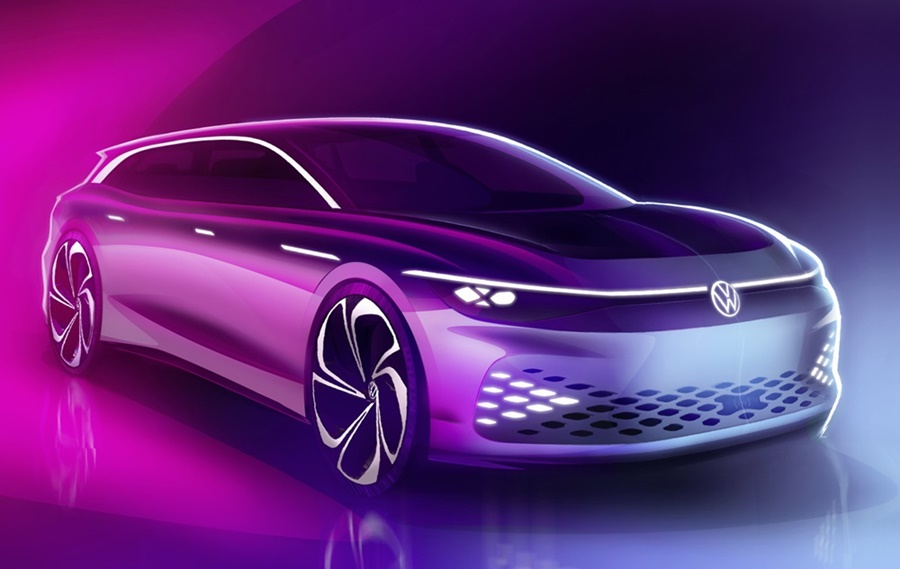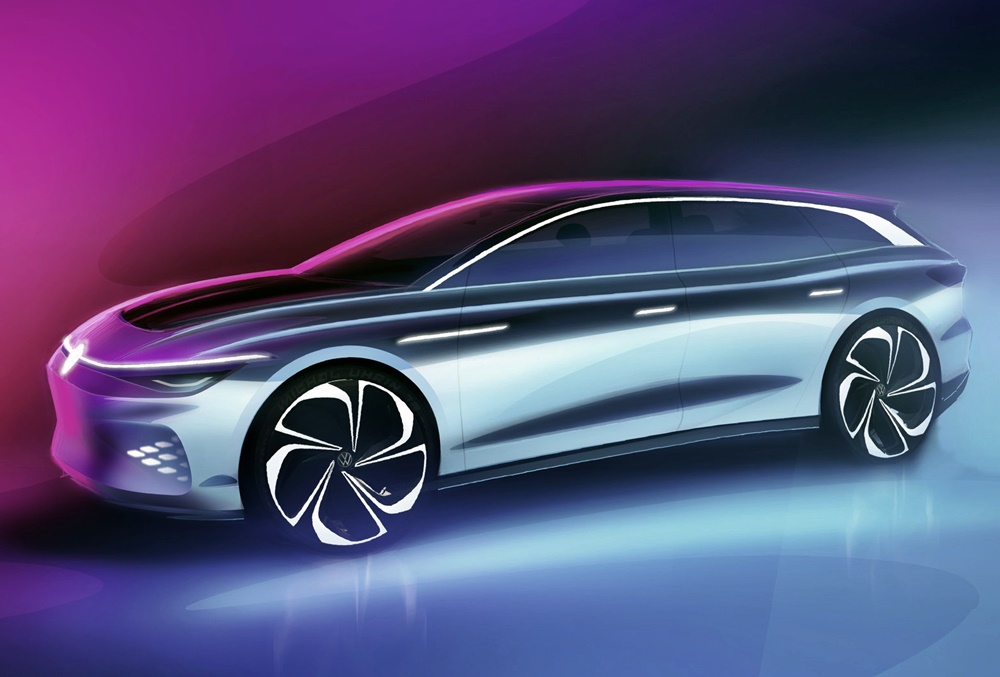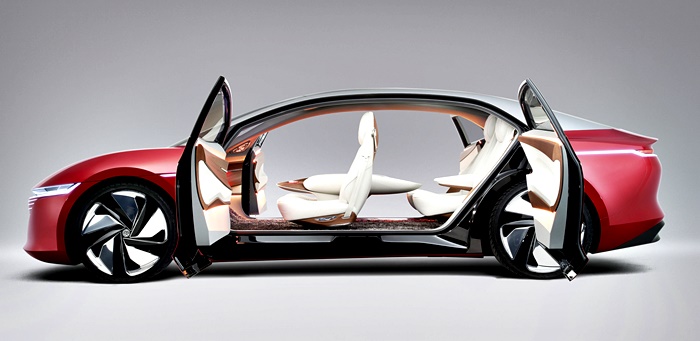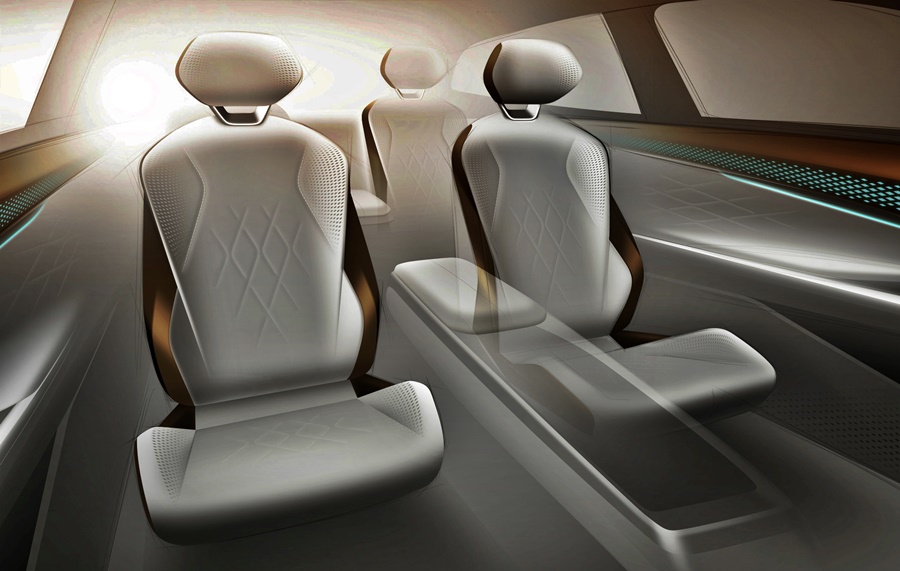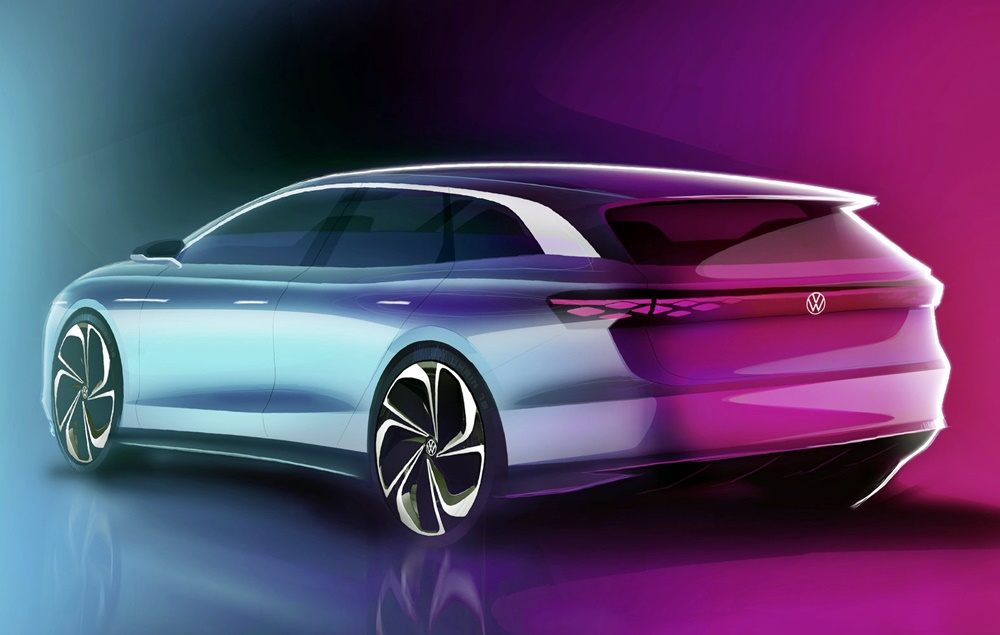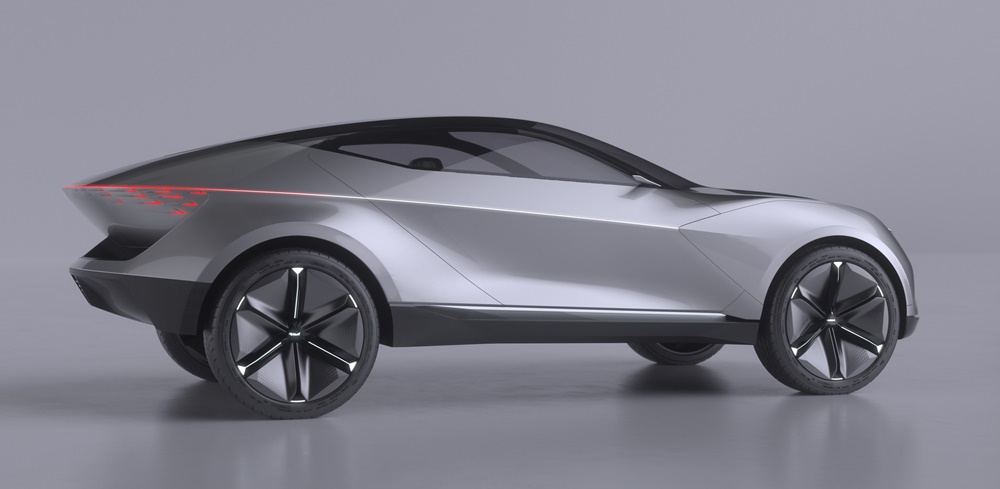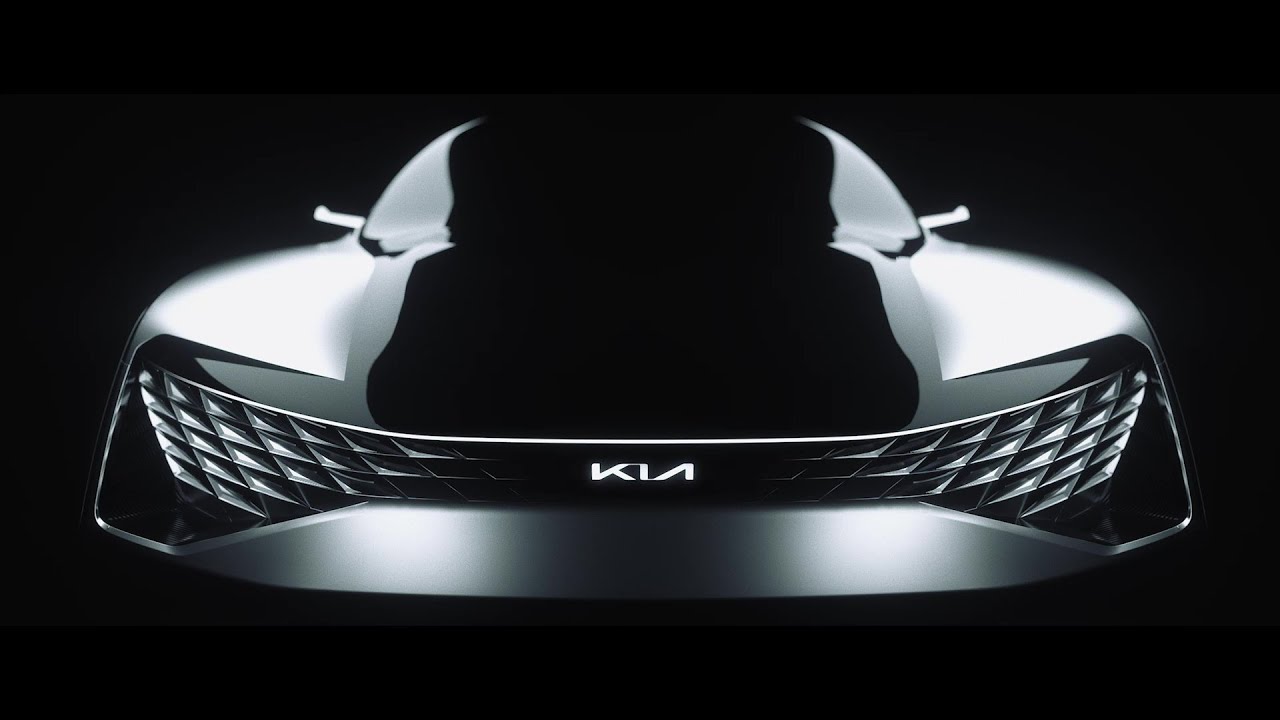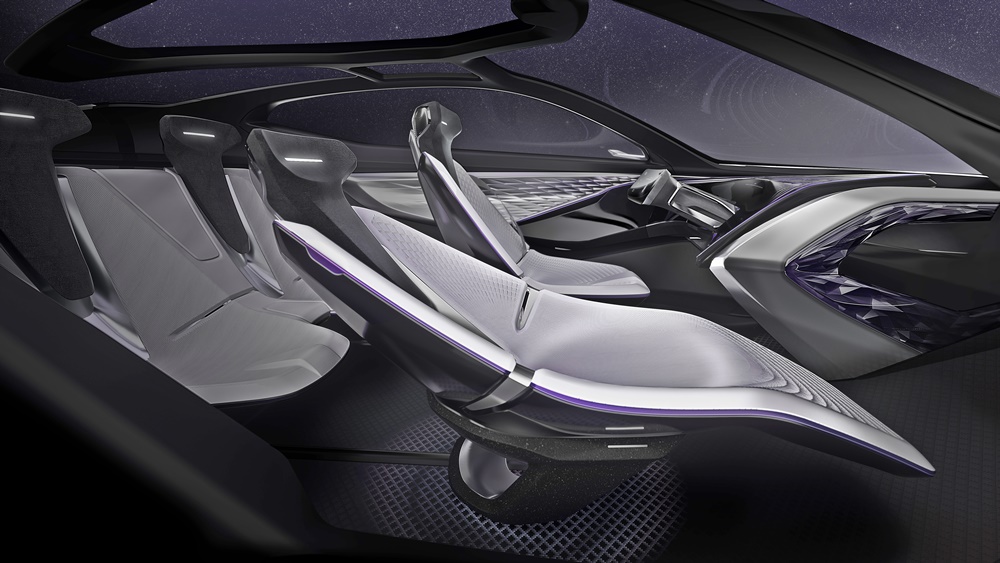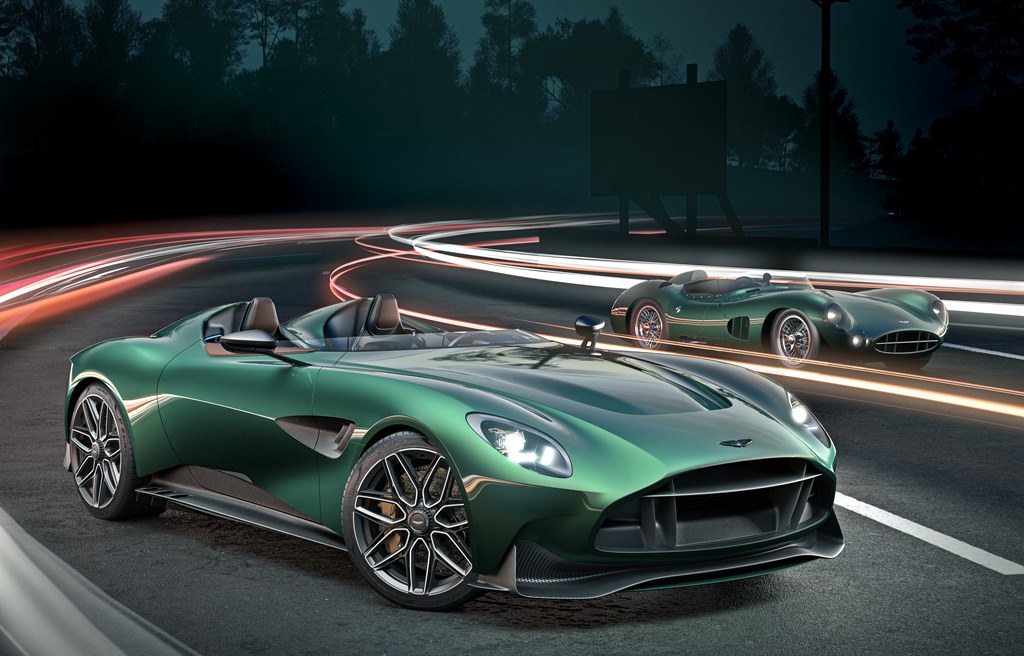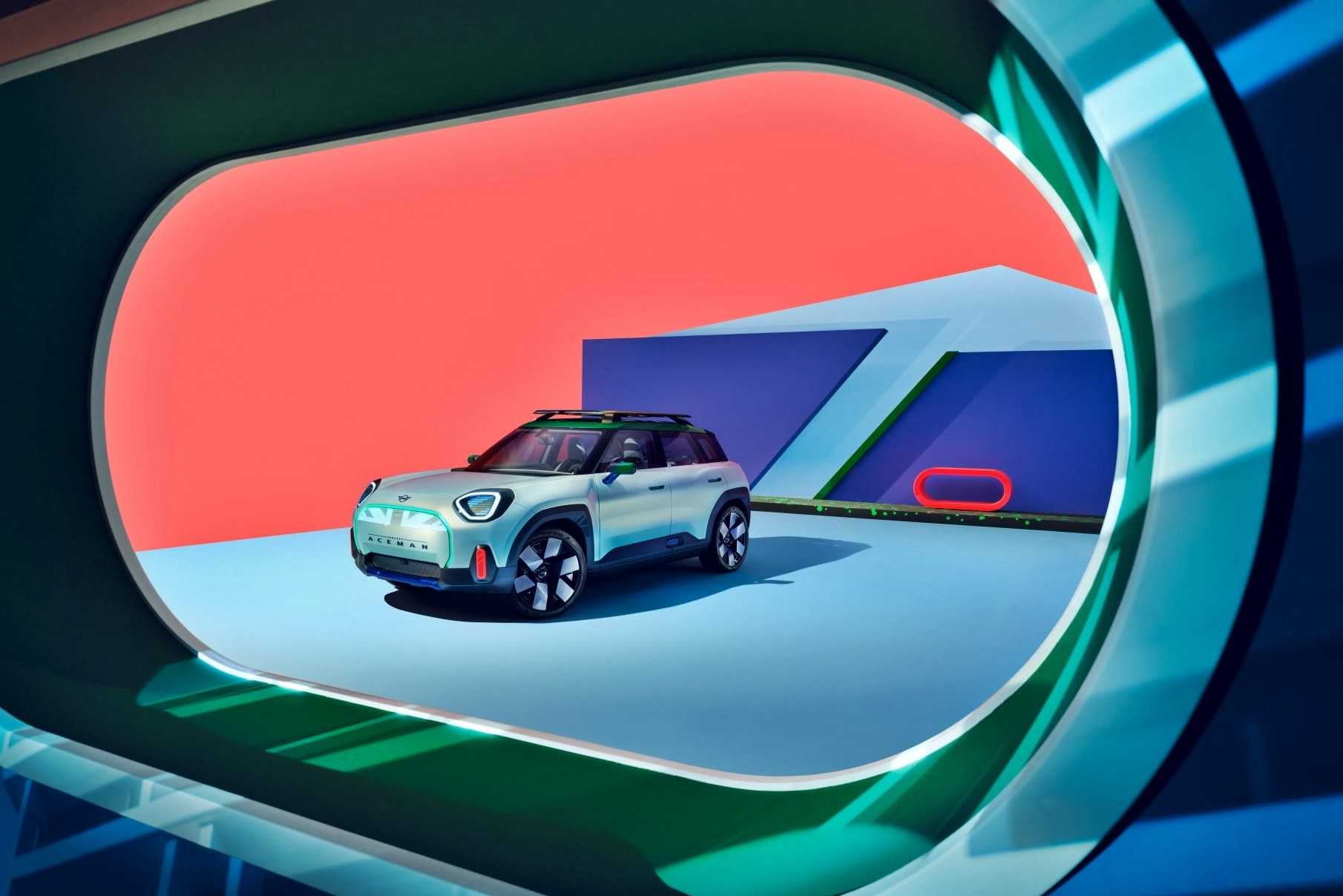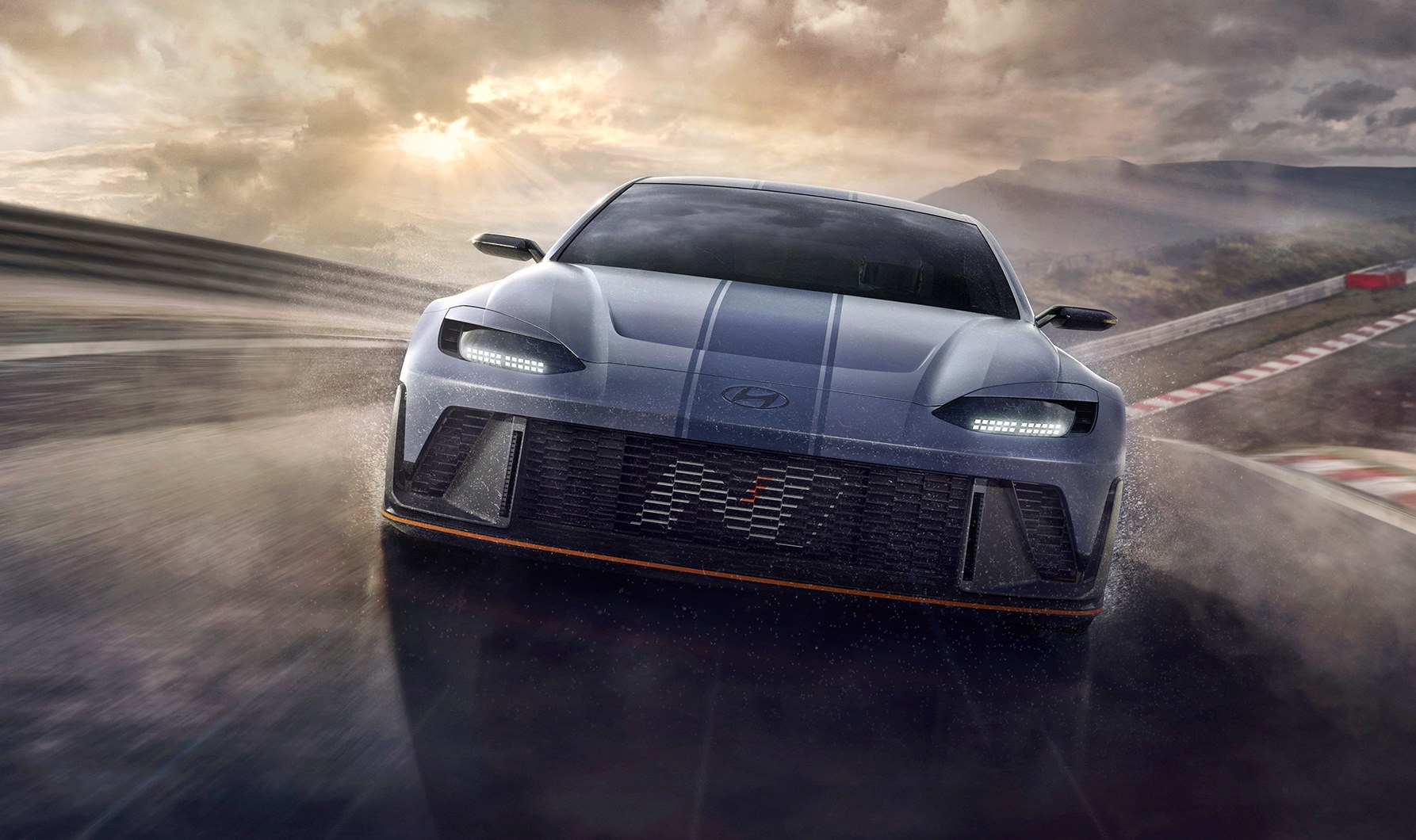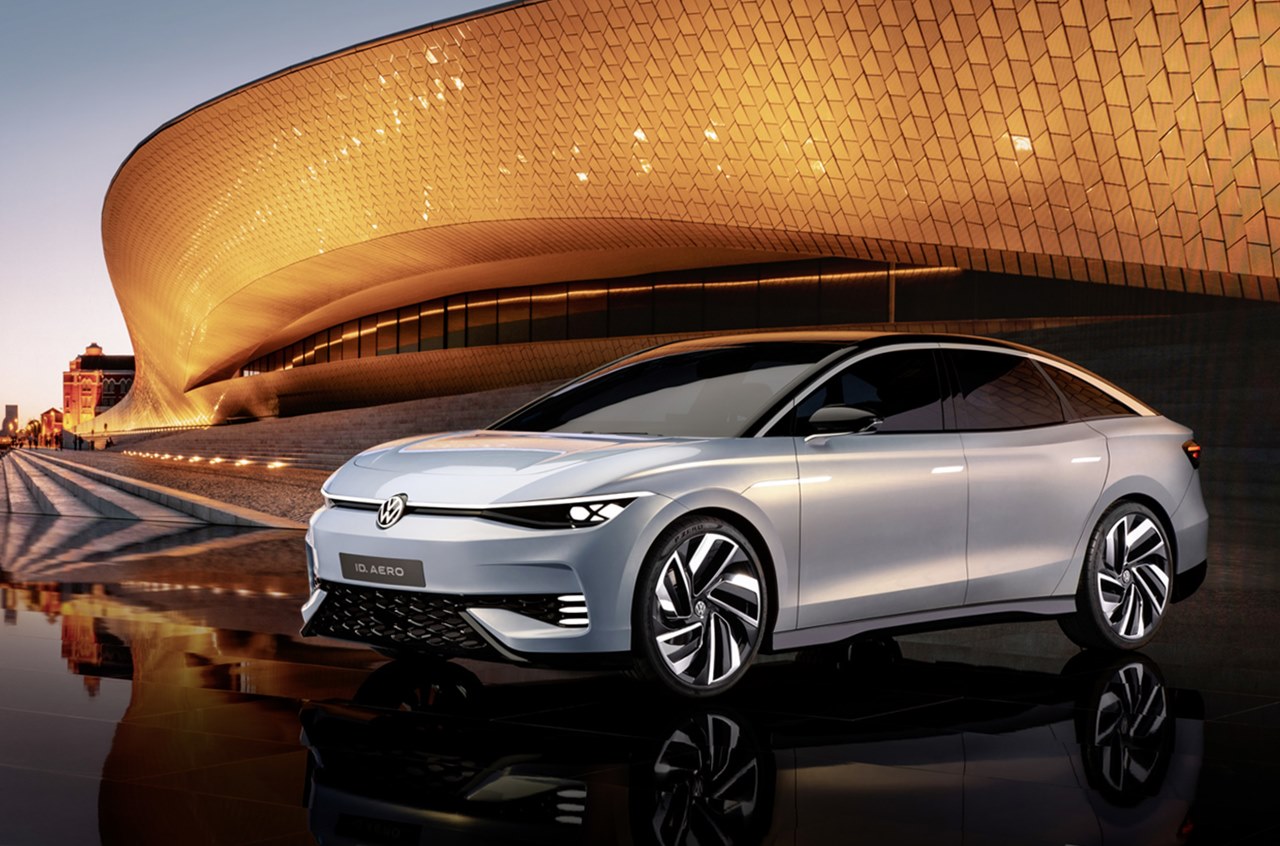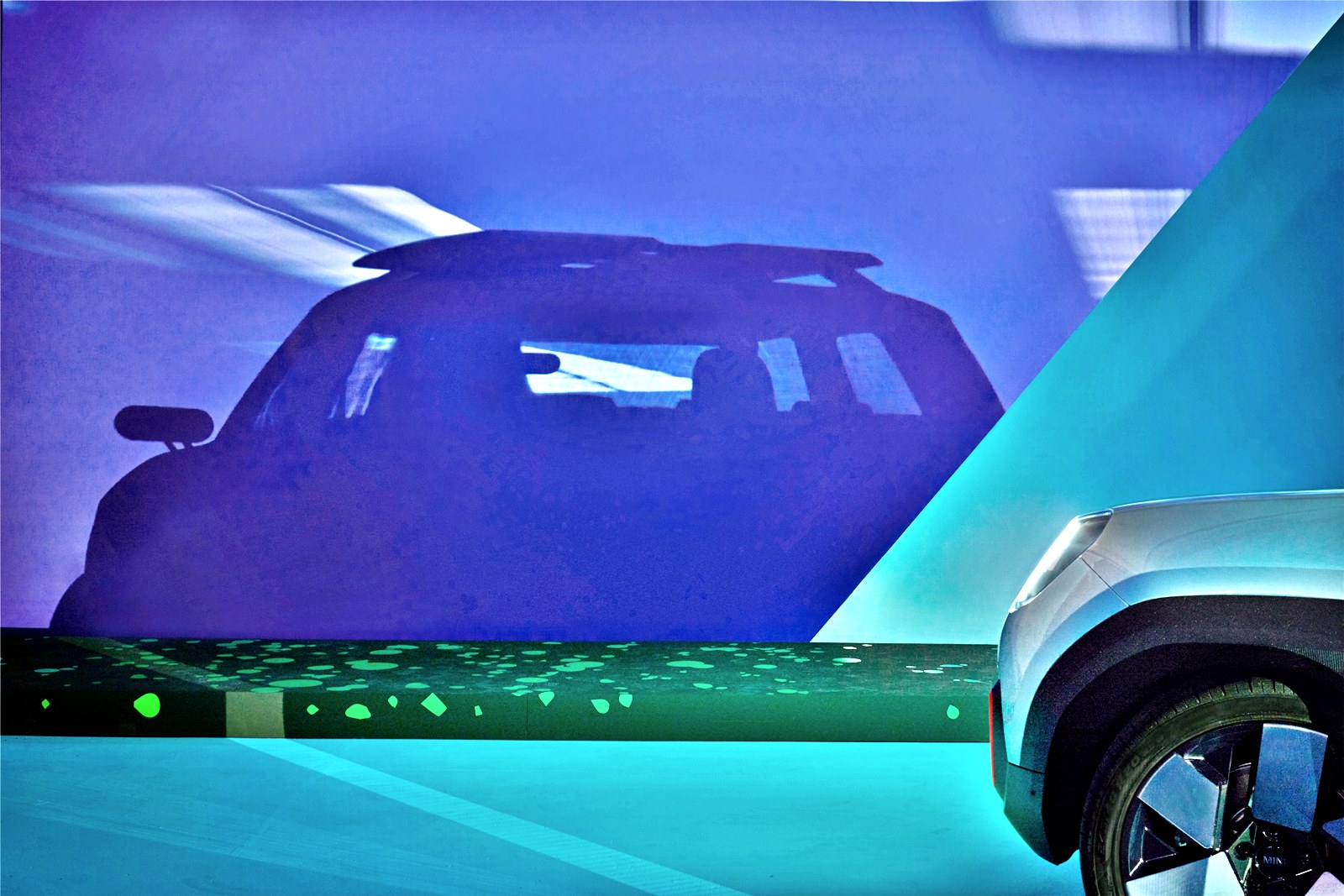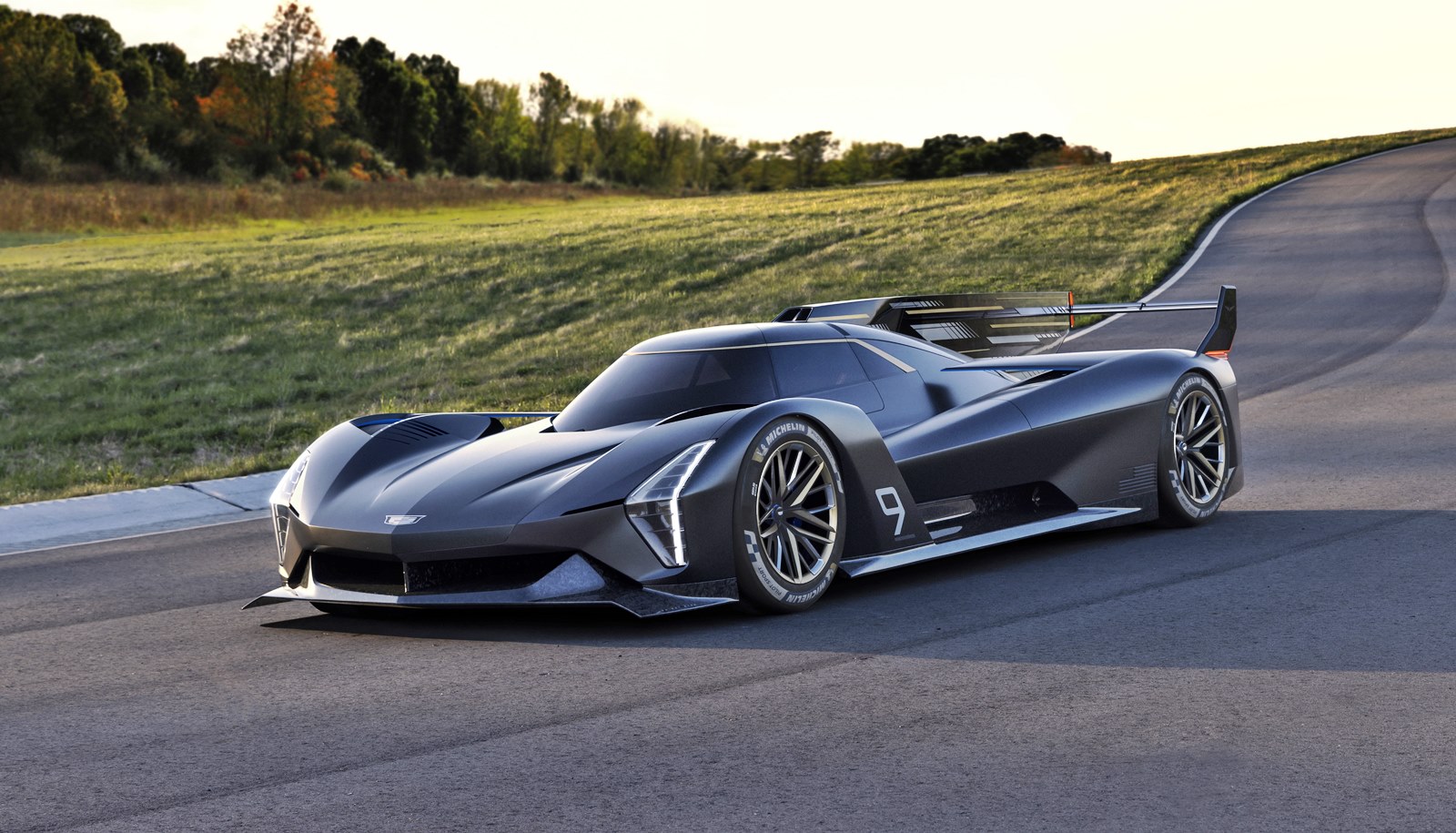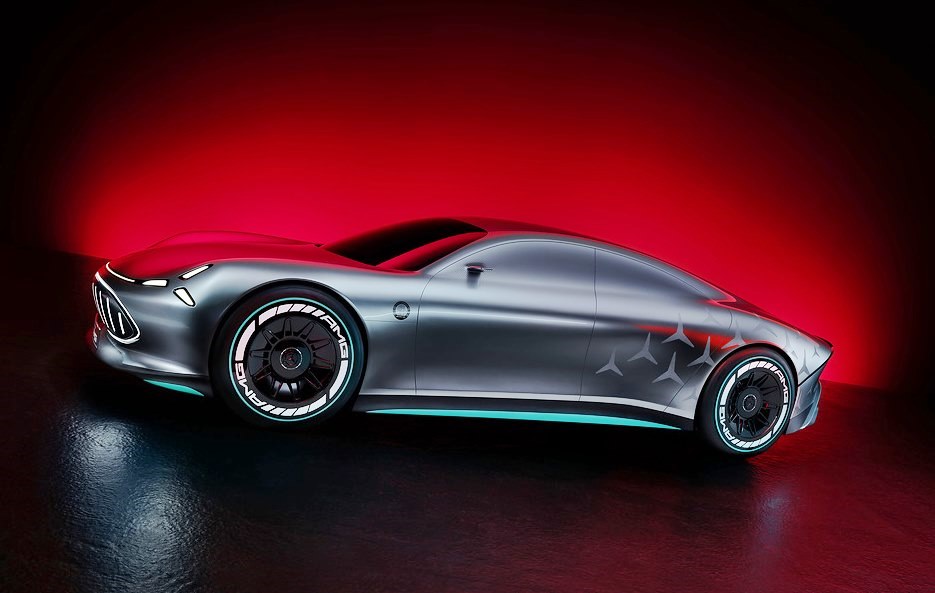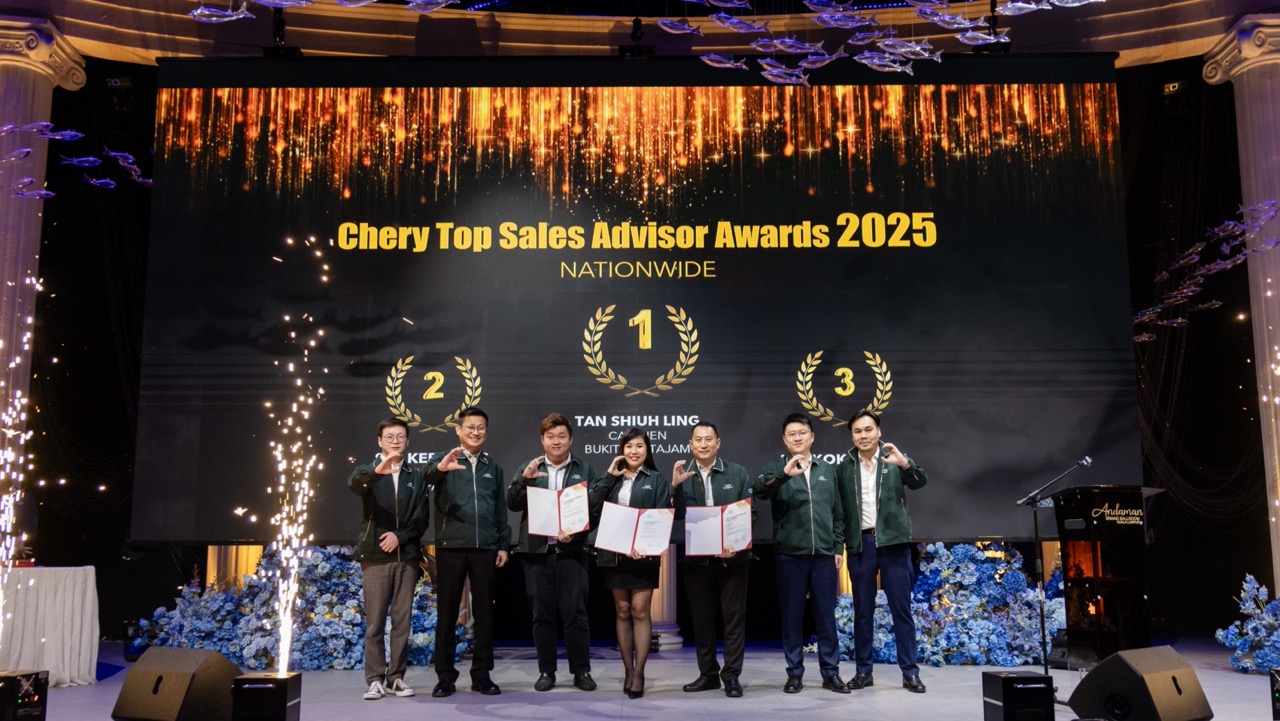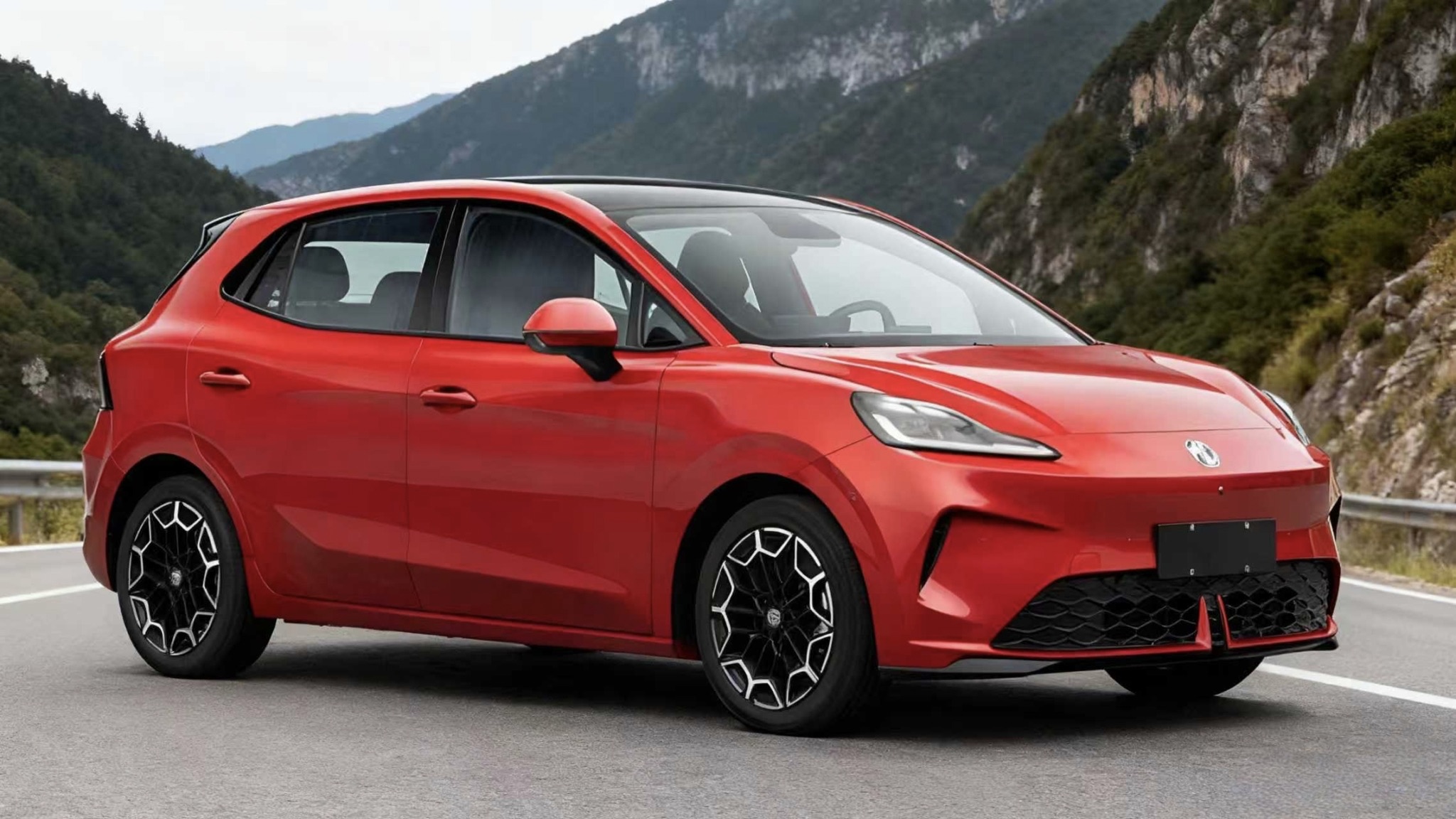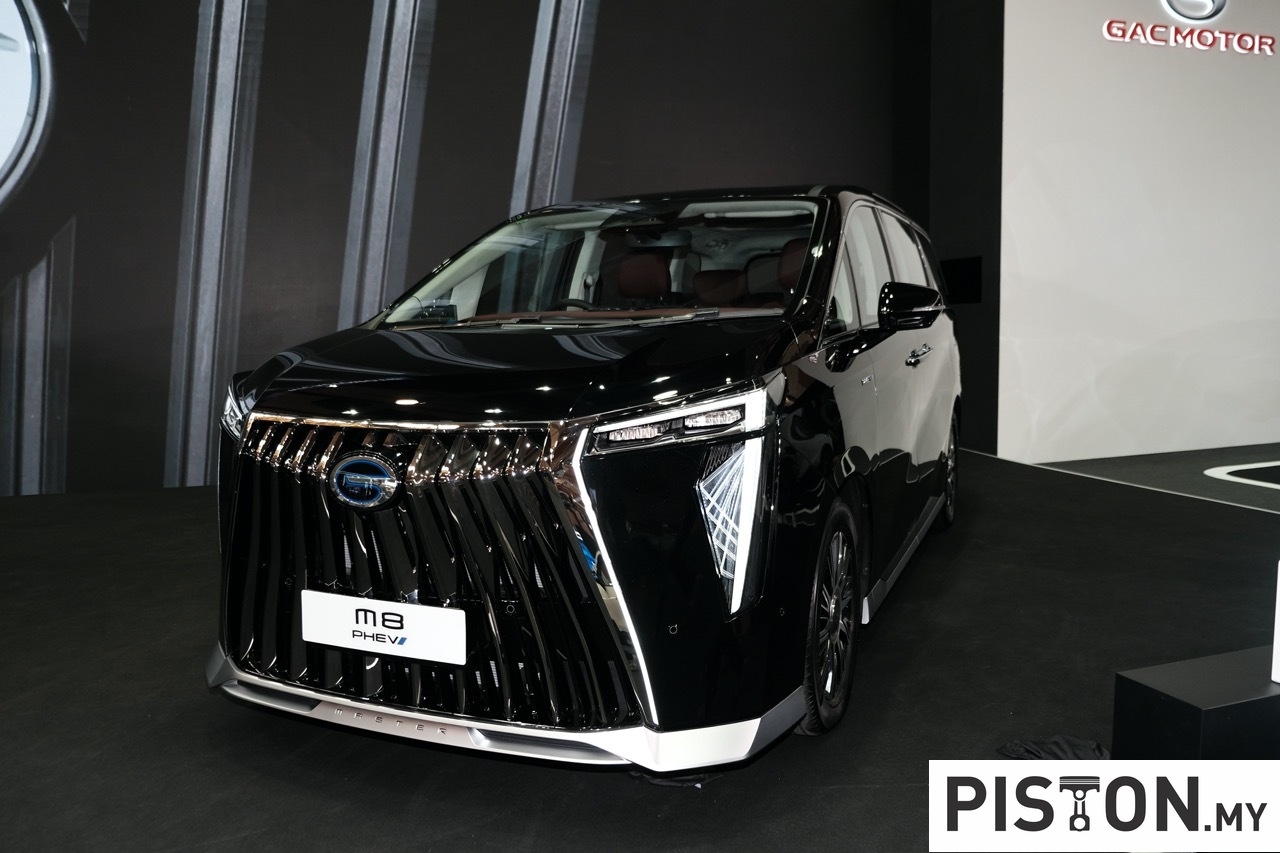The MORPHOZ concept is Renault’s vision of personal, shareable, electric mobility of the future. Drawing on the Alliance’s new modular CMF-EV 100% electric platform, it offers a number of different configurations for power, capacity and range, as well as user options and boot space.
The concept is faithful to the brand’s DNA embodying Renault’s Family Petal design strategy and heralds a new family of electric models over the coming years. It represents changes in technology, society, the environment and also human behaviour. The MORPHOZ also supports the carmaker’s strategy is to become a supplier of smart mobility solutions for the cities and regions of the future.
Dual use of batteries
Being an electric vehicle (EV), batteries are naturally at the core and with the MORPHOZ concept, Renault is now looking at a different area: the dual use of batteries. When not being used for driving, the batteries remain in the car but can power appliances in the house or the local area via smart charging devices and V2G (Vehicle to Grid) bi-directional technology.
Batteries used in the extended Travel mode are taken out of the vehicle and stored in a charging station for use in other vehicles or to power equipment such as self-service bicycle charging stations or street lighting.
With such a battery-sharing system, there is no need to produce batteries with a nominal 90 kWh capacity for every vehicle. Limiting production in this way is thus good for the carbon footprint and the environment.
The new neighbourhood ecosystem
The MORPHOZ embodies the Me/We concept which says that what is one person’s can be shared. It challenges the idea of the car as private and instead encourages shared use. It meets all the family’s requirements, meaning they don’t have to buy a second or even a third vehicle when it’s not necessary or need a larger vehicle for occasional reasons.
It meets the needs of new kinds of community that are developing around digital infrastructures, regenerative resources and social well-being. As a single vehicle which can also serve the communal well-being, it suits new patterns of living in these urban communities, such as the co-living trend in housing.
The sharing capabilities of the MORPHOZ are central to this philosophy, with the removal of keys and starting cards, for example. It also anticipates regulations which will soon insist on car-sharing for all cars. Everything is accessed using the smartphone, which works as a digital key. This makes sharing with other people easier without the need to swap keys; drivers instead receive an unlocking code which allows access and use of the vehicle for a pre-determined period.
Smart City ecosystem
As a symbol of Groupe Renault’s vision of electric mobility in the years after 2025, the MORPHOZ is a key part of the transformation to Smart Cities, where connected technologies, smart and open data, IoT devices, smart networks, new materials and clean energies can be used to design and build a positive future.
Its Level 3 driving autonomy enhances the safety of everyone by removing human error behind almost 90% of road accidents. Its sensors also detect pedestrians and cyclists, actively alerting the driver to them in manual mode, in order to avoid accidents.
Its electric powertrain helps to improve air quality and means it can be used in areas that are out of bounds to vehicles with internal combustion engines. The shorter City version is ideal for city traffic, with a reduced footprint and less extensive vehicle facilities.
Connectivity and Artificial Intelligence
Artificial intelligence (AI) recognises the driver on approach, activating a light sequence on the doors to indicate recognition, and unlocks/opens the doors. The cabin is crossed by a raised centre console which represents the ‘brain’ of the MORPHOZ. There is a special holder for the driver’s smartphone, which is then drawn into the console’s wooden panel to serve as the main data source. The AI will then, if authorised, use data and information from the smartphone to perform its tasks.
The AI lets the driver see the surrounding area by processing real-time data from external sensors and images from the vehicle cameras, especially the set which replace the door mirrors. Light displays on the inner doors and windows signal the presence of a pedestrian or a cyclist in the blind spot.
The social role of the AI on board is clear by the shared screen located between the seats on the centre console. This is where passengers can scroll through the music library on one of their smartphones or where they can play video games against each other. This screen also lets the users control the comfort of the cabin through the MULTI SENSE settings.
Like the new ZOE’s seat fabric, the cabin in the MORPHOZ uses a selection of recycled materials: wood for the dashboard, plastic for the inner doors and fabric for the seats.
Dedicated and adaptable electric platform
Like the CMF-B platform launched last year on the all-new Clio and used on the latest Captur, the CMF-EV allows engineers to design, build, adjust, and fine-tune electric vehicles more efficiently. The innovative architecture features a long wheelbase, reduced overhangs and a flat floor. A streamlined battery pack means the vehicle can be designed closer to the ground and with a lower roof to deliver improvements to aerodynamic performance.
The configurable concept can transform into two different modes: from the shorter City form to the longer Travel version. It is fully adaptable to fit the needs of drivers and passengers, with City mode fitted with the right battery capacity for day-to-day commuting or shopping while in Travel, it is able to accommodate the added capacity needed for long-distance journeys. The Travel Extender battery pack offers an additional 50 kWh of power, for a total capacity of 90 kWh and a total range of up to 700 kms.
2020 Renault Megane unveiled, with plug-in hybrid variant available for the first time



